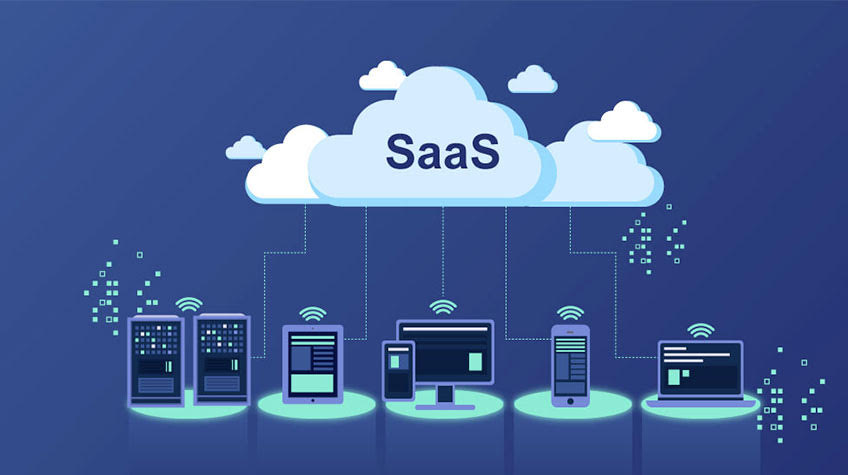Mobility has somehow affected every sector of society. Once novelty items, smartphones, tablets and wearable devices are permeating homes across the globe. Likewise, workplaces all over the world – and in a wide variety of industries – have begun looking for new ways to leverage the power of mobile devices in order to enhance productivity and improve return on investment. Thus far, the results have been extraordinarily beneficial.
Mobility is increasing ROI
In theory, the inclusion of mobile devices in business unified communications strategies increases the ability of workers to stay connected with the office regardless of location. The ability to fax from your phone creates new remote working opportunities. For example, mobile VoIP applications can essentially turn a smartphone into a wireless IP phone that works from a home office. Likewise, corporate workers whose jobs entail traveling between branches or meeting with clients in multiple geographic locations can stay connected while on the road.

So many benefits, such as happier employees and enhanced business communication, can result from effective mobile UC strategies. But the head honcho of all business benefits is tangible: increased ROI. Businesses adopting mobility into their ranks are experiencing a 150 percent ROI according to the VMware 2015 State of Business Mobility Report, announced Nov. 11. Furthermore, almost two-thirds of respondents noted intentions to restructure business processes within the next 12 months with the end goal of incorporating mobile strategies. Based on these findings, it would seem that mobility's best days are ahead of it.
Fax as a mobile solution
"It is possible to send and receive faxes using a smartphone."
Business mobility tools take a wide variety of forms, and in many cases, the mobile devices themselves are only as useful as the UC strategy they leverage. One example of this comes in the form of fax services. Contrary to the image the clunky machines of the 1990s, the fax solutions of the new millennium integrate with multifunctional printers that also scan, copy and print. More importantly, with fax over IP, it is possible to learn how to send a fax with your phone or mobile device.
Email fax and Internet fax are among the most useful features supplied by FoIP solutions. Both make it possible to execute secure data transfers over IP networks from a laptop, tablet or smartphone, either through a vendor's Web application or through the use of email. This is a boon for companies that may require the end-to-end security of faxing services, but are also interested in reaping the well-documented benefits of mobility.
Security of FoIP
One of the primary concerns regarding enterprise mobility is security, and for good reason. Smartphones, for example, can be easily lost and end up in the wrong hands. Many mobile applications are designed with a consumer user experience in mind, which means enterprise workers would be remiss to send and receive sensitive documentation with these applications. In fact, a recent study by Infinite Convergence Solutions has revealed that some health care institutions are using consumer messenger apps as a business communication platform, which is in violation of HIPAA compliance. And, according to VMware's new report, improved security will be a top priority for companies as they adopt mobility strategies.
FoIP solutions, unlike basic email and messaging applications, allow for encryption of end-to-end data transfers, which substantially mitigates the risk of interception of sensitive information. This helps financial firms, health care institutions and any business that must abide by PCI standards to use best practices when sharing data.
Fax services as we know them have undergone significant renovations over the past few years, but they won't be second in a mobile-first world thanks to FoIP.
Enhance enterprise communication, collaboration and compliance efforts with a proven FoIP solution from FaxCore. Contact FaxCore today to learn more about their 'Partly-Cloudy' fax solutions.




